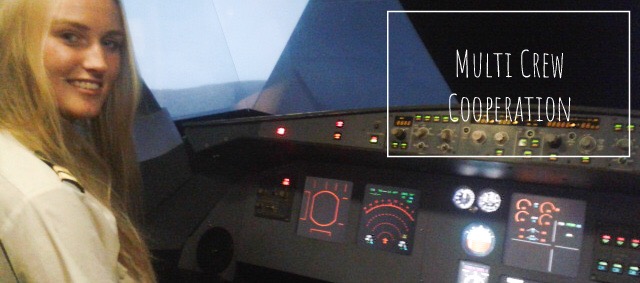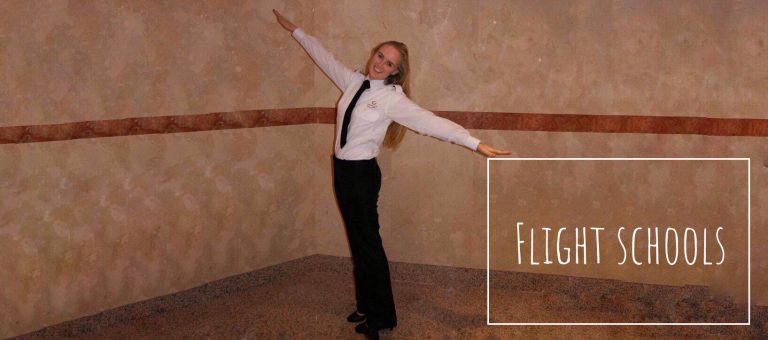Becoming a pilot takes multiple steps. Whether you do a modular or an integrated course, when you will start flying, you will be working on your first licence: Your Private Pilot Licence (PPL). With this licence, you can fly by yourself in a small airplane alone or with family and friends, but not for commercial purposes.
The PPL starts with learning to fly. You start with basic manoeuvres such as climbing, descending, accelerating, decelerating and turns to the left and to the right. You then learn how to take off and how to land. You learn to master the controls of the plane, even in adverse weather conditions such as wind or rain.
When your instructor finds you suitable, you will make your first solo: Three landings and take offs by yourself! Read all about my first solo experience here!
After your first solo, you will practice more advanced manoeuvres, such as steep turns (45 and 60 degrees) and stalls. A stall means that you pull the nose of the airplane up, up to the moment that the wings don’t generate enough lift, a stall warning will sound and you push the plane downwards, making speed again and level off. The first time you practice, you probably lose a lot of altitude during this manoeuvre and you keep practicing to make this manoeuvre perfect without losing any altitude. All these manoeuvres are practiced at a safe altitude in the sky, with no other planes in the area. Safety always comes first!
In preparation for your PPL, you also start with visual navigation. This means that you will navigate from town to town, using roads, lakes and rivers as a reference. You prepare these navigation flights with a VFR chart, where you decide your routing and calculate the time it takes from one town to the other, which heading you need to fly and which altitude you need to be flying.
As you fly with a single engine aircraft, you also need to practice engine failures. The engine failures are simulated (and not real), but the instructor will at an unexpected moment pull the throttle, which will make the engine run at idle speed and the plane will start to descend. First, you consider whether you should try to restart the engine, this depends on the technical status of the engine and how much time you have (are you high in the air or not). When you decide to make a landing, or if your inflight restart has not worked, you need to find a suitable field to land, taking into account the wind, the type of field, there should be no electricity cables around and preferably uphill rather than downhill. When you have chosen the field you plan to land, you will fly a pattern to prepare for landing there. In the mean time, you have to tell the instructor what actions you would then take, such as communicating to the air traffic control that you have an engine failure and what are your intentions. You also tell the instructor how you would prepare the cabin for the emergency landing. How you would secure the engine, cut the fuel to reduce the risk of fire, latch loose objects and a few moments before impact, take off your sunglasses. Of course, you only tell the instructor these actions and don’t really do it, after all it is a simulated engine failure and we do not cut the fuel in real life! Before the actual landing on a random field, as this is just for practice, the instructor will add power again to the throttles and your simulated engine failure is completed.
When you do well with the engine failures, with the visual navigation, with the landings and with all the manoeuvres, you are ready for your PPL exam. An official examiner will test you on your knowledge and your skills. He will let you do a visual navigation, in the mean time practice manoeuvres and engine failures. When you pass the exam, you hold your very first pilot licence and are then ready to fly by yourself!




can i apply in any airline after getting my cpl …
If you have your CPL with Multi Engine and Instrument Rating and your ATPL theory, you can apply for any airline, but not all airline hire pilots with low experience.
Hello Lindy!
I am starting my flight training very shortly. I have just started to blog the journey. I would be thankful if you had a look 😉
Farid
Well done! Good luck with the flight training!